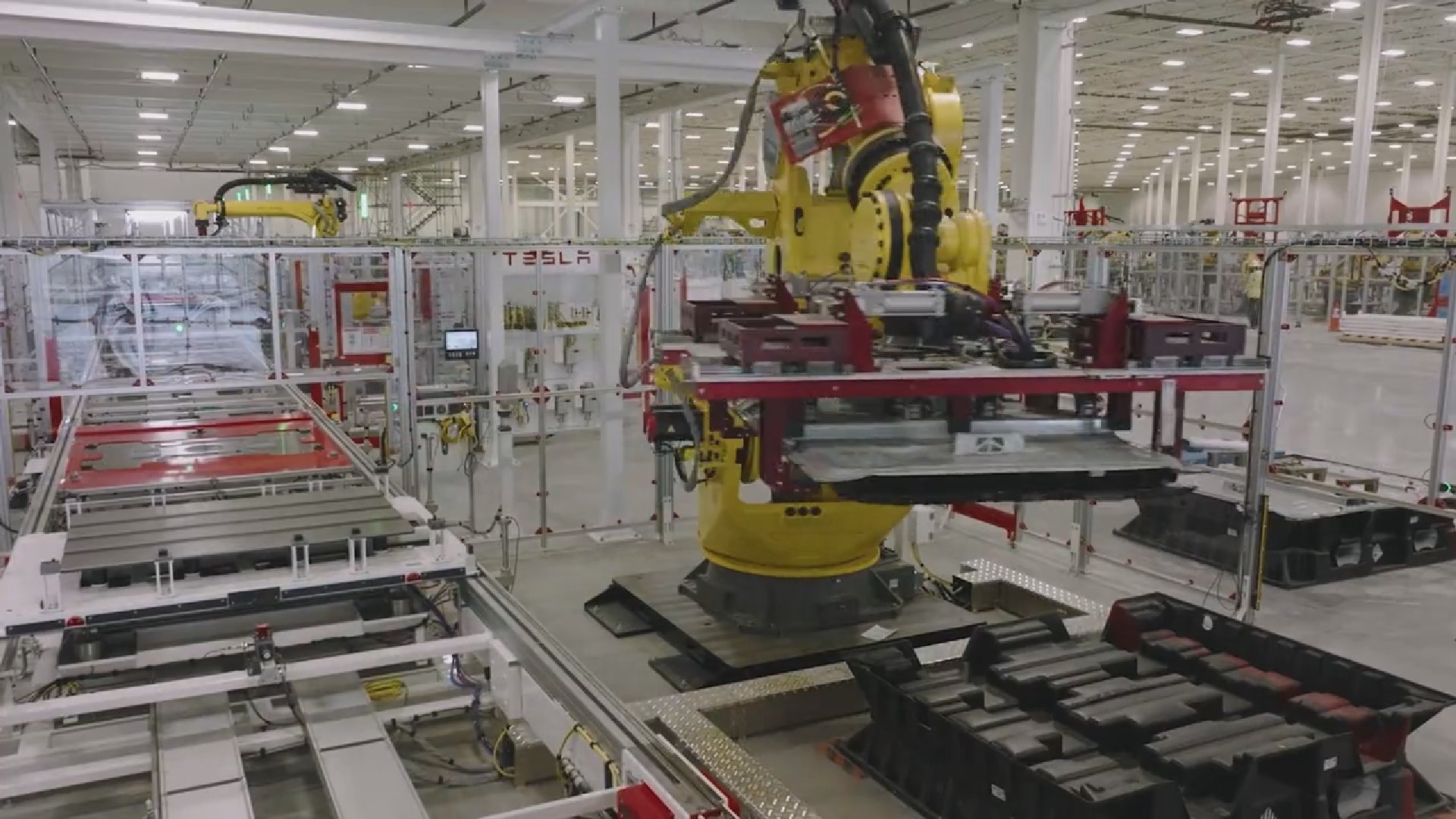Tesla’s Model Y, a midsize SUV, has demonstrated the immense potential of electric vehicles (EVs) to capture the market. It’s the world’s best-selling car, but its popularity still hasn’t reached the level that some anticipated.
While the US government is actively promoting EVs, many Americans still face hurdles in adopting them. Despite attractive incentives and lower maintenance costs, EVs come with potential drawbacks like expensive battery replacements and limited technician expertise.
Insurance companies often prefer to total EVs after accidents due to the high cost of repairs. These factors, coupled with a lack of communication and research among companies, contribute to the ongoing challenges in the EV market. One of the primary concerns for many potential EV buyers is the high cost of battery replacements. While batteries have become more durable over time, they still have a limited lifespan.

If an EV’s battery fails outside of the warranty period, the replacement cost can be significant, potentially outweighing the savings from fuel and maintenance. This uncertainty can deter some consumers from making the switch to electric vehicles. Additionally, there is a shortage of technicians who are specifically trained to work on EVs. This limited expertise can lead to longer wait times for repairs and potentially higher costs.
Unlike traditional gasoline-powered cars, EVs have unique components and systems that require specialized knowledge and tools. The lack of trained technicians can also hinder the efficiency of repairs and increase the risk of misdiagnosis or damage. Insurance companies have also been hesitant to insure EVs due to the high cost of repairs. In the event of an accident, repairing an EV can be more expensive than repairing a traditional gasoline-powered car.
This is especially true for more serious accidents or damage to the EV’s complex electrical systems. As a result, insurance companies may charge higher premiums or even refuse to cover EVs altogether. The lack of communication and research among companies is another factor contributing to the challenges in the EV market. Manufacturers, suppliers, and insurance companies often operate in silos, failing to collaborate effectively on key issues.

While the transition to electric vehicles is essential for addressing climate change, it is crucial to approach this transition in a way that minimizes the negative impacts on workers and communities.
This may require government support, retraining programs, and investments in new technologies to ensure a smooth transition. As these projects come to fruition, we can expect to see a surge in affordable EVs and a decreased reliance on fossil fuels.
Moreover, the development of domestic battery manufacturing capabilities will strengthen the U.S. position in the global electric vehicle market, creating new opportunities for American businesses and workers. This investment in clean energy technology is a crucial step towards addressing climate change and securing a prosperous future for generations to come.

